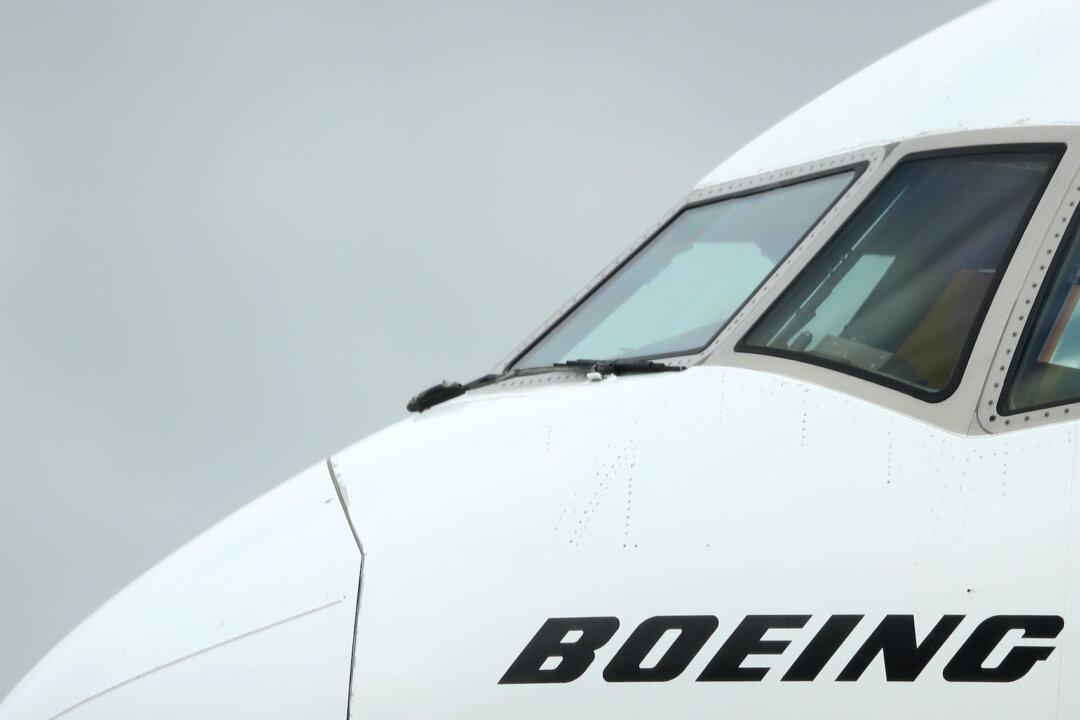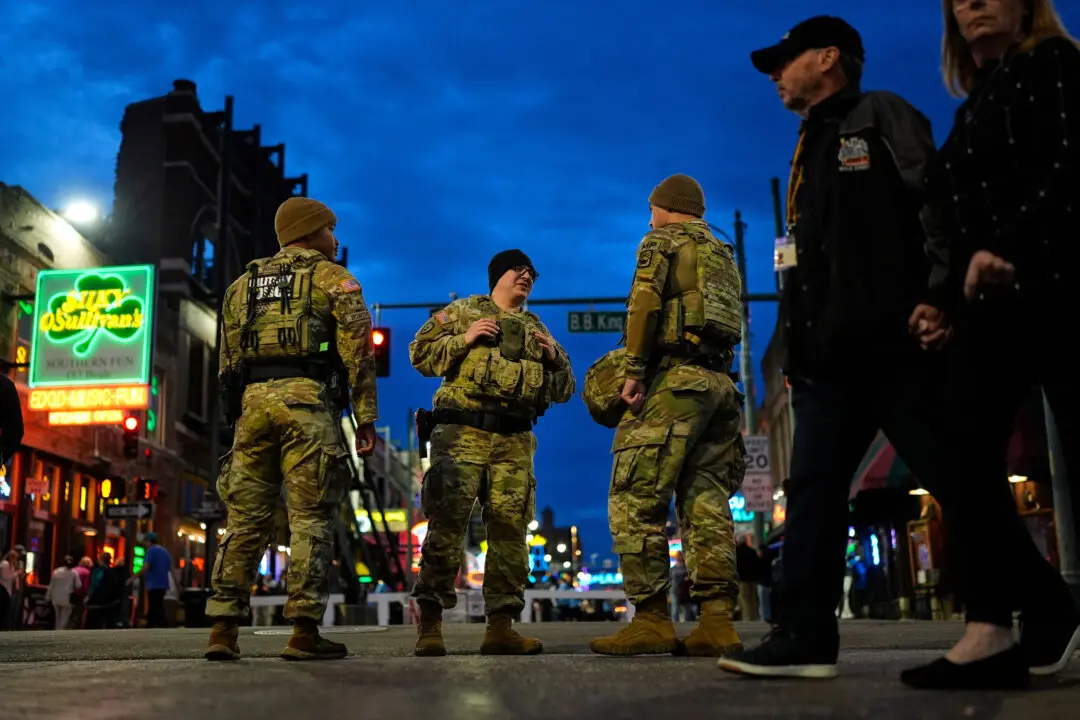The Police Department of Charleston, South Carolina, has finished its investigation into the death of former Boeing employee John Barnett, who could have played a prominent role in a lawsuit related to the jetliner maker’s quality issues.
In a statement provided to The Epoch Times, the Charleston police said they didn’t identify any evidence contradicting initial findings that Mr. Barnett died of “an apparent self-inflicted gunshot wound.”





